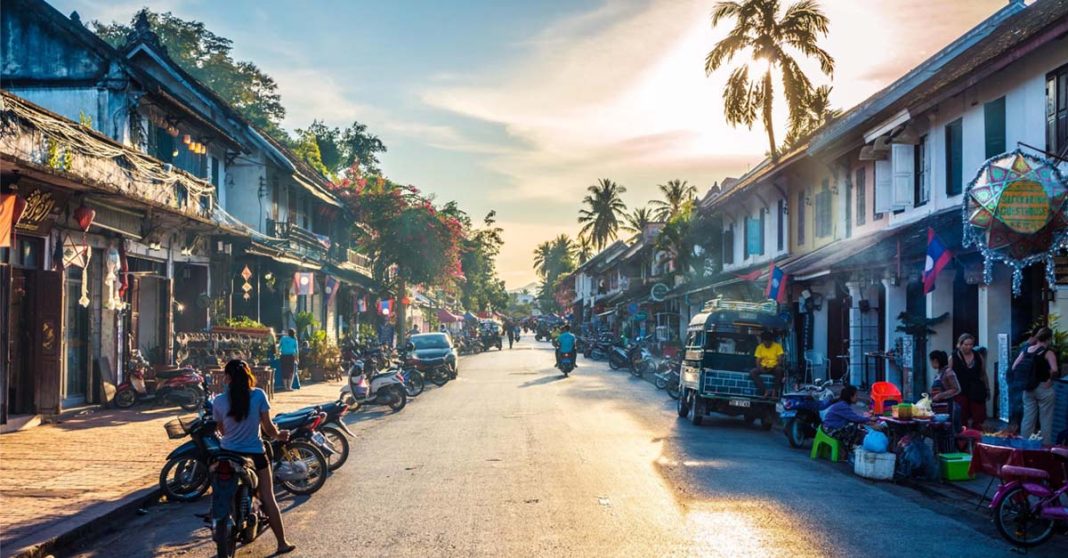In response to a video uploaded on a Thai YouTube channel, the Lao government has denied claims that Luang Prabang town is at risk of losing its status as a World Heritage Site. But a UNESCO report released in March had already raised concerns about the ongoing Luang Prabang Hydropower Project (LFPP), citing the potential negative impact on the town’s heritage sites.
The Director General of the Heritage Department within the Ministry of Information, Culture, and Tourism, Phakhanxay Sikhanxay, issued a statement last Friday, asserting that Luang Prabang’s potential removal from the World Heritage Sites list is “unfounded” and highlighting UNESCO’s praise for the province’s outstanding preservation efforts.
Phankhan alleged that the misleading information was intended to confuse both Lao citizens and foreigners due to the videos’ overexaggerated titles that suggest the removal of World Heritage status, while the actual content only revolves around the UNESCO warning. This is especially troubling for Laos as it actively encourages people worldwide to explore its cultural heritage during Visit Laos Year 2024.
In a recent development, concerns have been raised over the Luang Prabang Hydropower Project as UNESCO issued a warning report in March. The report highlights the potential detrimental impact of the project on the World Heritage town and recommends a precautionary approach. UNESCO also advised against proceeding with the hydropower project and suggested relocation as a measure to protect the historic heritage of Luang Prabang.
However, the recommendations seem to have been largely ignored, according to Gary Lee, Southeast Asia program director at International Rivers. He also believes that decisions regarding the LFPP were guided by financial interests rather than solid scientific evidence, overshadowing environmental, cultural, and economic considerations.
Furthermore, the Luang Prabang dam, located just 25 kilometers upstream from the heritage town and four kilometers from revered Buddhist shrines in the Pak Ou caves, is being built in an earthquake-prone zone, a fact that has not gone unnoticed by seismologists like Punya Churasiri, who deem the project too dangerous.
Despite UNESCO’s appeal to halt construction, Thai investor and engineering corporation CK Power, a subsidiary of Bangkok-based Ch. Karnchang has forged ahead with the dam’s construction this year.
If the World Heritage Committee deems a site improperly cared for or protected, it will inform the relevant member state and, if necessary, place the site on the list of World Heritage resources in danger. In the meantime, UNESCO will continue to advise and assist member countries, with removal from the World Heritage List being the last resort.
Luang Prabang, a well-known town in Laos, earned its UNESCO World Heritage status in 1995 for its laid-back atmosphere and historic temples.



